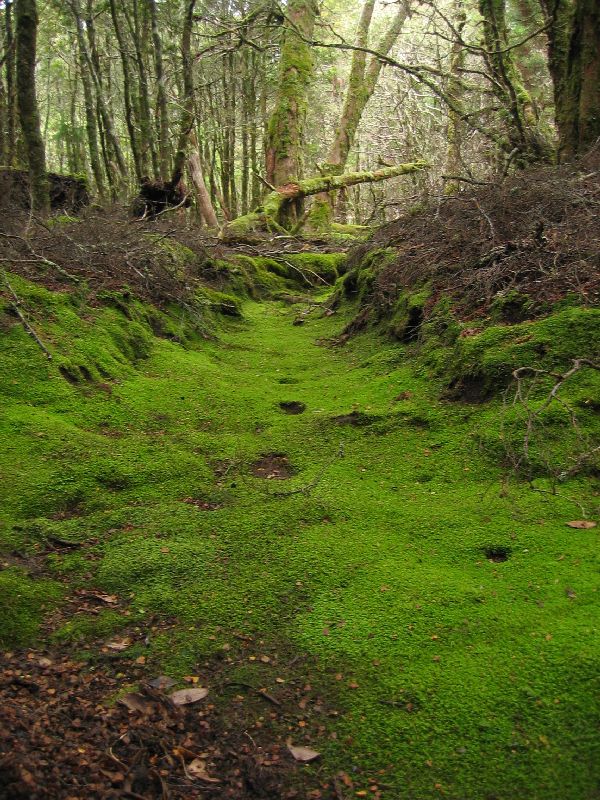alliecat wrote:I really need to work out how to reduce the contrast with the snow.
I don't think the snow is so much a problem in your example, as the sunshine.
With an image like that, with areas in bright sunshine and other areas in shade, either the camera will expose correctly on the brightest bits and make shaded bits almost black, or it will expose the shaded bits correctly and blow out the bright bits (as it did), or somewhere in between.
With a subject such as this, all you could do I guess is to try and find a compromise where there aren't too many highlighted bits yet still enough detail in the shaded bits.
If your camera supports bracketing you might be able to achieve something you desire more easily.
I have had similarly unsuccessful results at Oxley Falls in the sunshine - the banks of the river in dark shade but the whitewater in full sun - too contrasty to bother taking a photo really.
My experience, even with expensive camera gear, is that taking images with bright bits in them and not ruining the image with over-exposed areas, yet still having a correctly exposed image is possibly the hardest thing to achieve. HDR may be an effective tool if you really wanted to get into it, but I'm somewhat over the whole HDR thing. I'm sure Photoshop could do something for you too, but if there are bits that are fully saturated (highlighted to absolute white) you cannot recover those areas - only clone a bit of detail from another area in the image, or another image. A lot of hassle...
Under-exposed areas can hold a fair bit more detail than you think, but increasing the levels in under-exposed areas will introduce or highlight the "grain". Still, I find putting up with a bit of grain for a correctly exposed image more attractive than completely washed out areas.
Just my opinions. Hope that helps.
